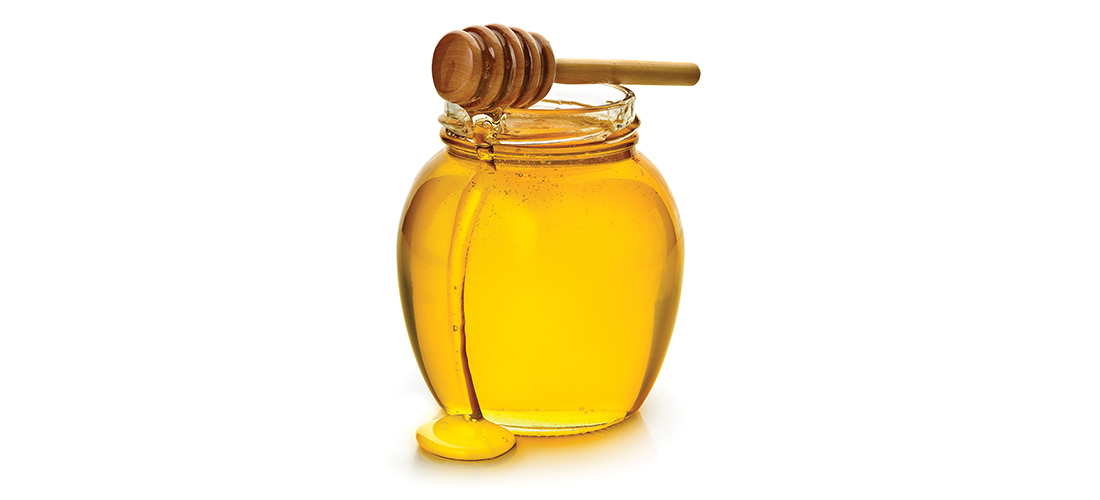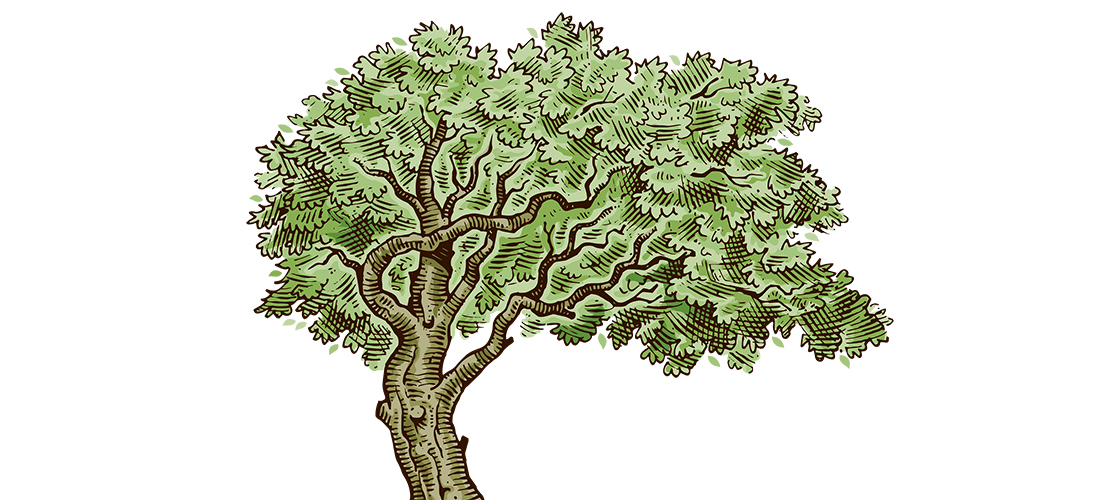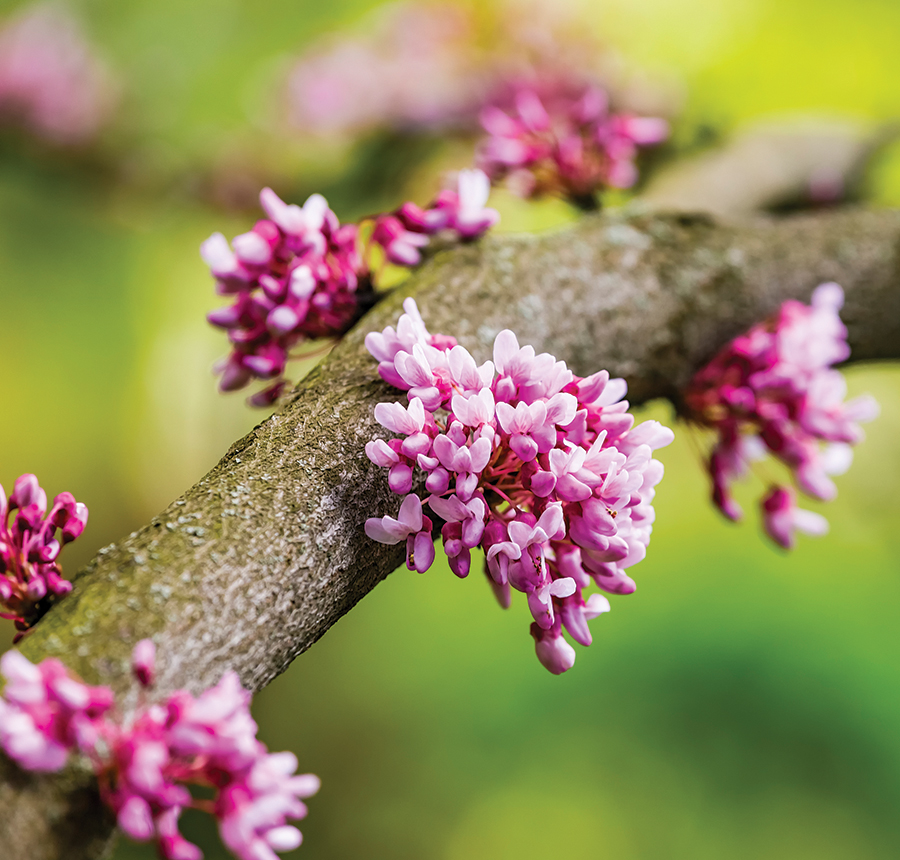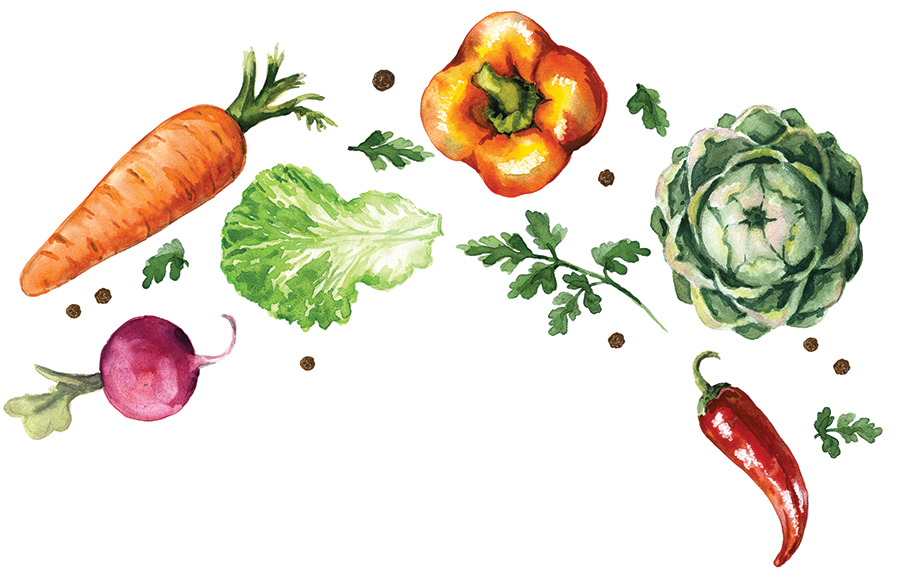Spring Fever
Here comes the pollen
By Karen Frye
The best defense for seasonal allergy sufferers is prevention. Prepare for the onslaught of pollen before it arrives. Natural remedies work well alleviating symptoms like itchy eyes, stuffy or runny nose, sinus congestion and headaches, and even extreme fatigue. Some over-the-counter medications work, but the side effects can be a problem.
After the long, cold winter, we always look forward to spring. To be outside planting flowers and tending the garden, enjoying some warmer weather is our reward for the cold, gray days of winter. But for some of us, the suffering is so severe that we have to medicate to function.
So start now, especially if you are planning on using local honey as an allergy remedy. The sooner you begin consuming local honey daily, the easier it will be for your body to develop a resistance to pollen. This is especially helpful for folks who have just moved to the area, where the pollens are of a different variety than the kind their body is used to.
Keeping your immune system strong will lessen the severity of a histamine response or may completely clear it up. Stinging nettle is a very potent antihistamine. Many people drink the tea daily with great results. There are also capsules and tinctures that are quite easy to use to lessen allergic reactions and reduce inflammation in the sinuses. Another herb that works well for sinus congestion and headaches is eyebright. And the plant extract from the frankincense tree, Boswellia, works on a cellular level to reduce inflammation and allergic reactions. It also opens and clears the bronchial passages.
A very popular combination of vitamin C, bromelain from pineapple, and quercetin (a bioflavinoid) boosts the immune system and prevents allergy systems from manifesting in the body. Xlear is another useful over-the-counter remedy. The nasal spray contains xylitol, a sugar that’s found in fruits and vegetables. This ingredient inhibits the pollens and allergens from attaching to the nasal passages, so they cannot replicate and cause discomfort. You may have heard of xylitol from your dentist. It also reduces tooth decay and can be found in toothpaste and chewing gum.
I almost forgot to mention the one that worked for me last spring — a homeopathic combination formulated by Dr. Frank King in Asheville. He developed allergy remedies for specific regions of the country. We use the Southeast formula here. After one dose of that I was fine for the rest of the allergy season.
We have such a beautiful spring, my hope is for you to enjoy it without sniffling and sneezing. PS
Karen Frye is the owner and founder of Nature’s Own and teaches yoga at the Bikram Yoga Studio.




